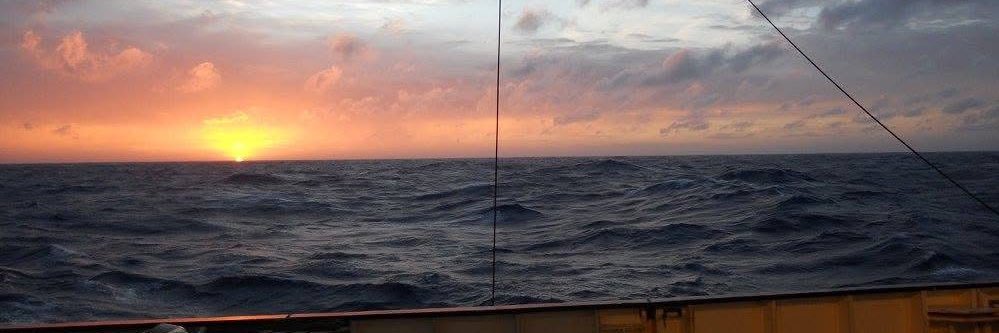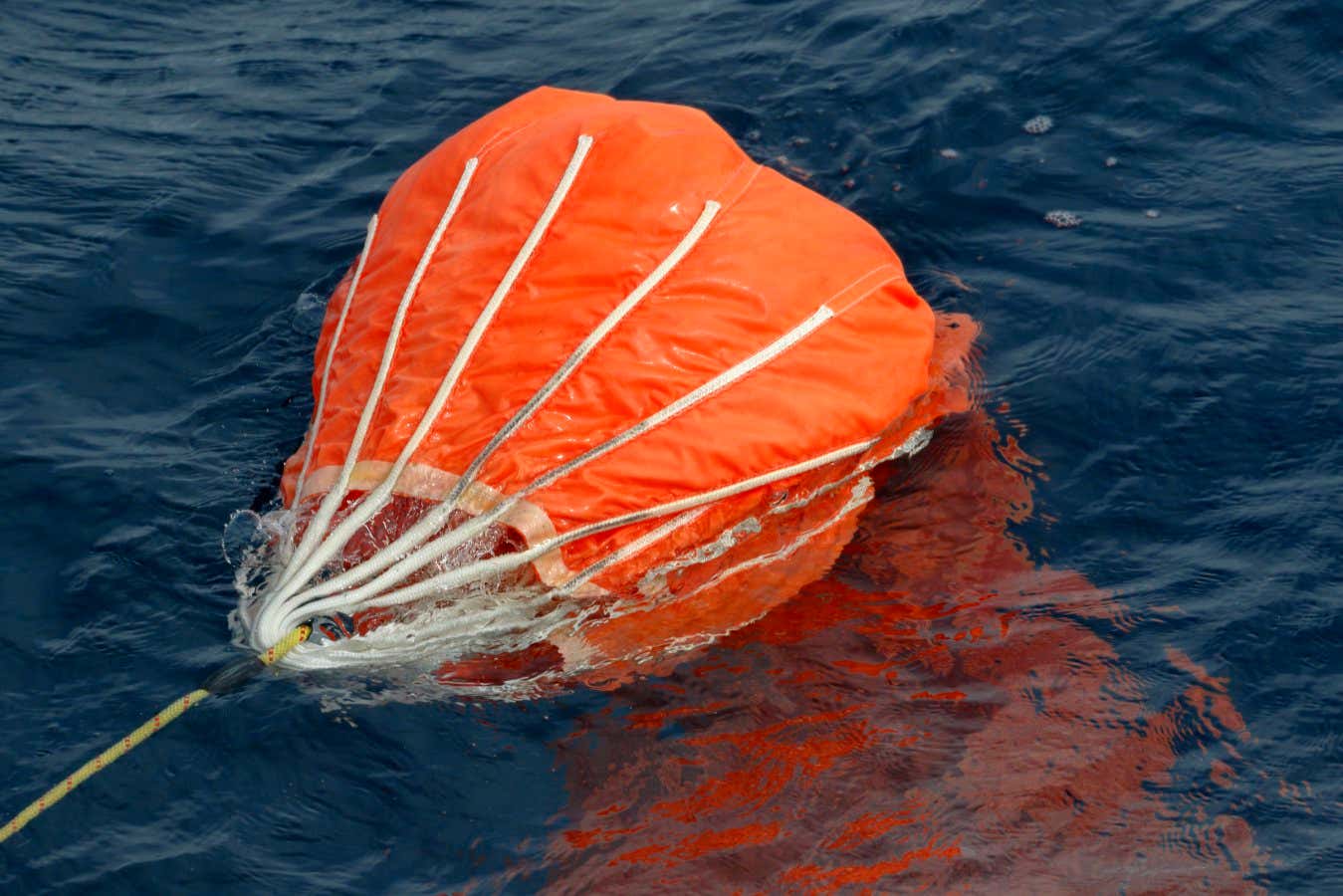
Jon Baker
@jonbaker_ocean
Climate Scientist @metoffice 🌍 🌊 | Exploring AMOC and global ocean circulation | Views are my own
🌊 Today in @Nature: Is the AMOC on the brink of collapse? Unlikely before 2100—but the risks are real 🚨 We find Southern Ocean winds keep this vital ocean “heat engine” running, even under extreme #climatechange. But the Pacific holds a surprise… Let’s explore 🧵👇

The future of the AMOC is one of the most urgent — and uncertain — questions in climate science. In this new Met Office video, I share insights from our Nature paper on how Southern Ocean winds may help prevent an AMOC collapse as the planet warms 🎥 youtu.be/GbmdoB1tN9I?fe…
Surely the earliest April Fool’s? This idea is completely bonkers! newscientist.com/article/248616…

I just published an explainer on aerosols and their role in the climate that I've been working on for the past few months! It includes both how aerosols work, how emissions have changed, and how thats driven recent warming (link below).
The @metoffice Hadley Centre for Climate Science and Services is one of the world’s leading climate science institutions and this week marks the 35th anniversary of its opening. A recent report evaluated the programme returns £33 for every £1 of public money invested. 🧵1/2
Scientists have been publishing climate models since ~1970. A good way to evaluate their skill is to compare what they expected to happen in the years after the model was published to observed climate changes. It turns out most models were pretty spot-on:
Published today in the @ametsoc Journal of Climate, my rather long paper shows that the average upwelling in the equatorial Pacific is 13.1 ± 6.9 meters/day. This is much faster than historical estimates and the latest generation of global climate models. journals.ametsoc.org/view/journals/…
Article: North Atlantic Deep Water formation was only moderately weaker than present during the Last Glacial Period, even when freshwater inputs were high @PaddyLaser @unil @fpoeppelmeier @unibern nature.com/articles/s4156…